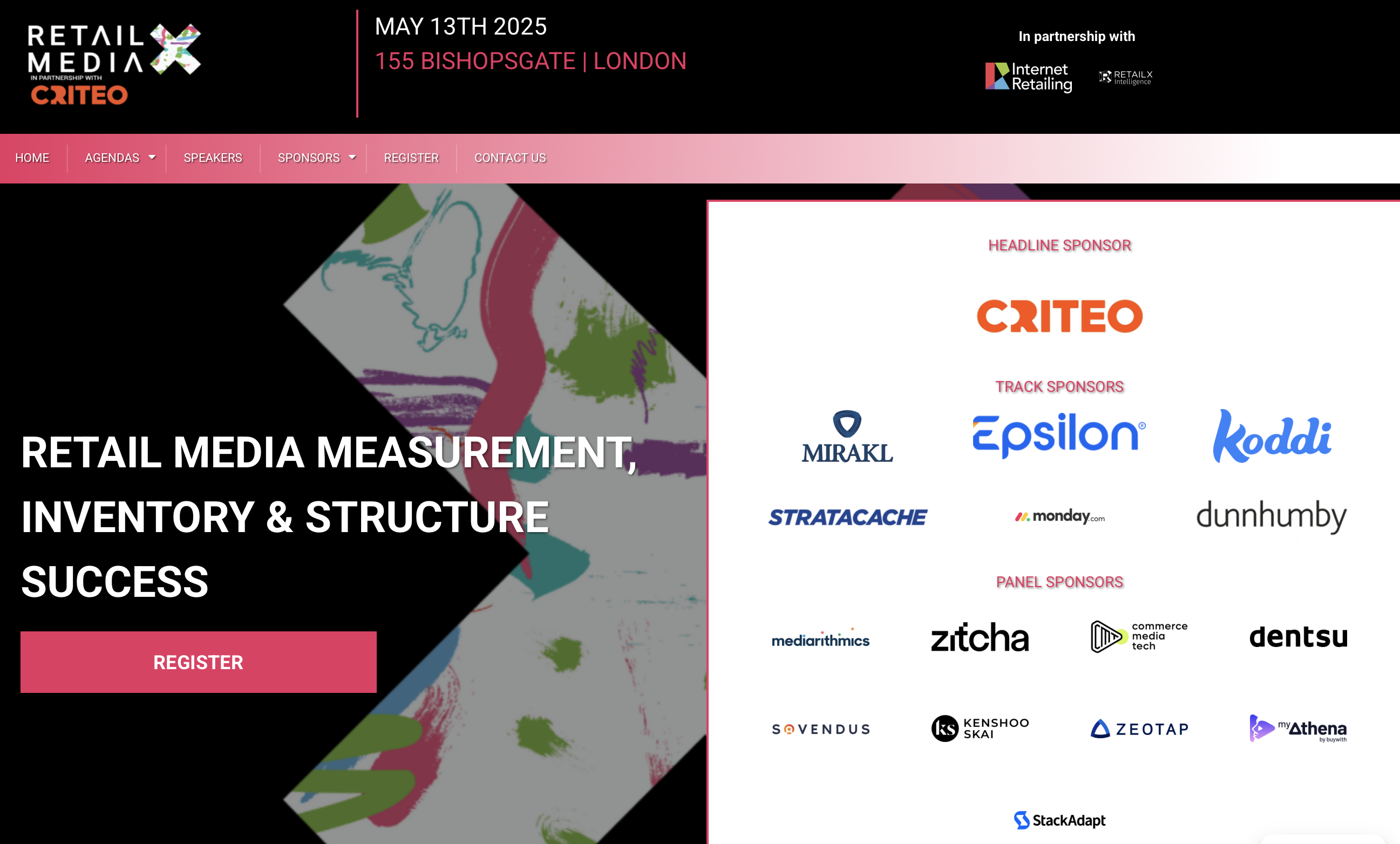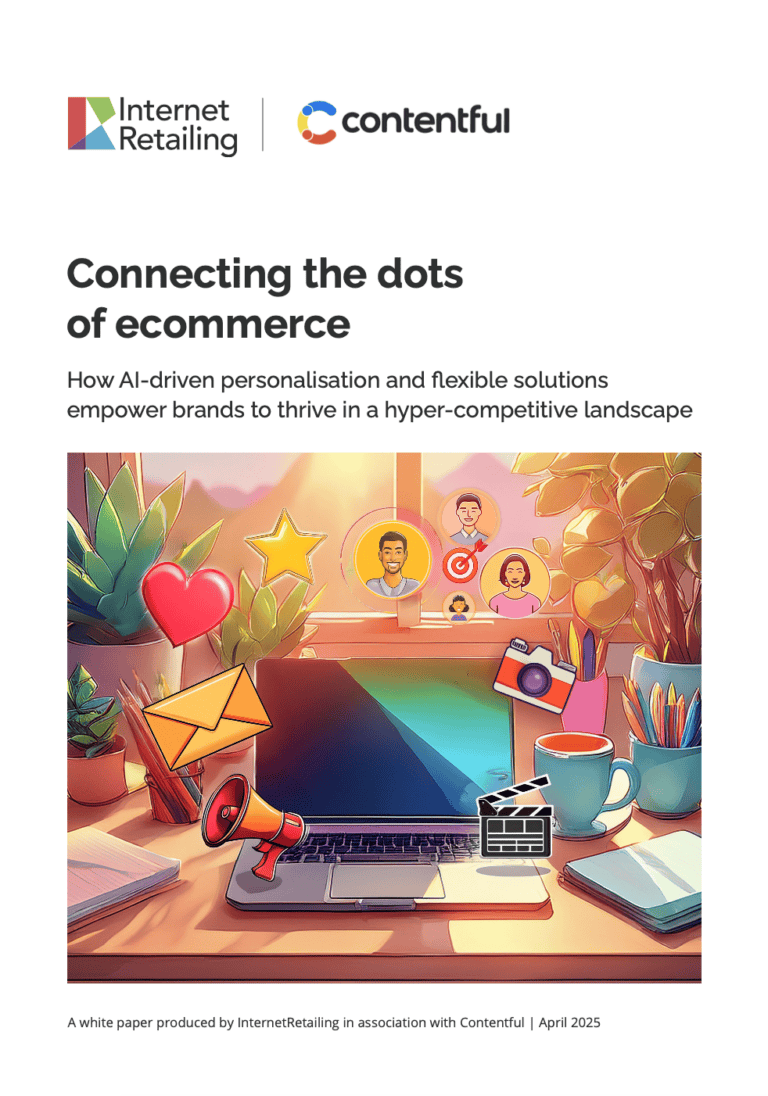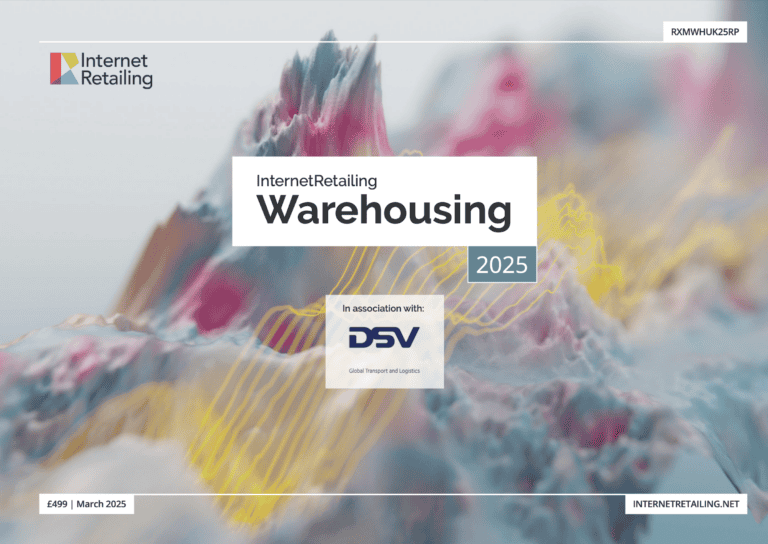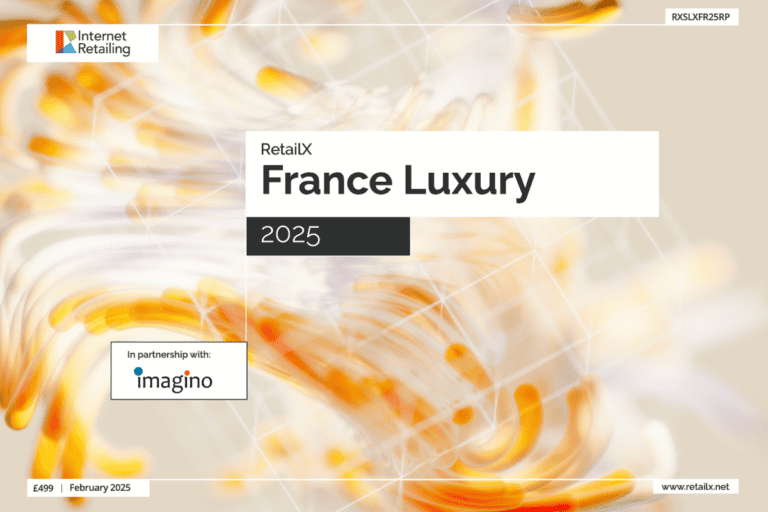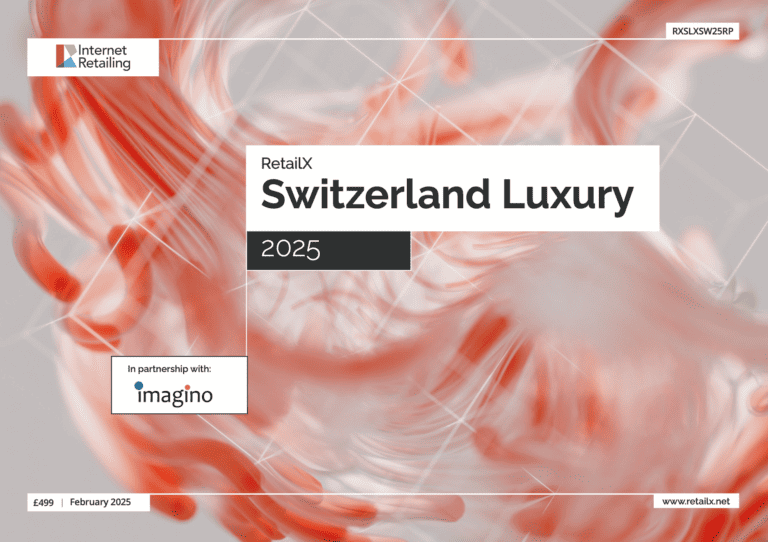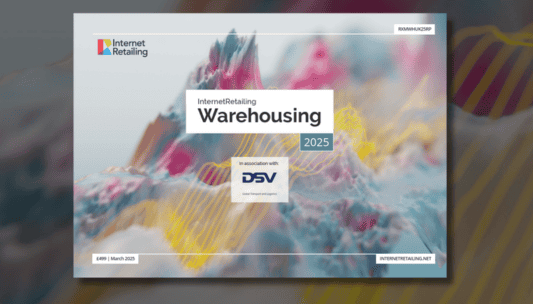From predicting metrics of a patient in an intensive care unit to predicting the rhythms of the economy, forecasting is the underlying science that enables us to see and plan the future with some certainty. At the epicenter of the most critical outcomes that touch the essence of human existence, forecasting is not just a tool but a guiding light, illuminating the path from uncertainty to clarity, from chaos to control, writes Moez Ali, solutions strategy director, Zebra Technologies.
Forecasting is the science of predicting the future using past and present data. It is a technique based on statistical and machine learning algorithms that learns the patterns and relations from the data. How good a forecast will be depends on both the quality of the data and algorithms used.
Forecasting: The backbone of retailer and consumer goods companies
But why does this matter for the retailers and manufacturers? For them, forecasting is the linchpin that holds together the complex machinery of supply and demand. It’s a meticulous orchestration of numbers and predictions, where a single misstep can lead to cascading effects – from stockpiles of unsold goods to the echo of empty shelves.
Retailers and consumer packaged goods (CPG) manufacturers don’t just care about forecasting; they live by it. It dictates their strategies, informs their decisions, and ultimately shapes their success in a landscape where a day’s delay, a misjudged trend, or an unanticipated demand can mean the difference between soaring profits and staggering losses.
Forecasting in retail CPG is not a siloed function; it’s a collaborative effort involving multiple stakeholders. From the procurement team assessing raw material needs to the marketing department planning promotional campaigns, accurate forecasts ensure that every department’s efforts are synchronised and strategically aligned. This alignment is crucial in an era where consumers expect personalised experiences and rapid fulfilment.
Demand Planning: Accurate forecasting and effective supply chain management
Demand planning—the process of forecasting future customer demand—hinges on accurate forecasting serving as its foundation. At its core, forecasting is the key ingredient in demand planning, acting as the predictive mechanism that feeds into the broader demand planning process.
It is through forecasting that demand planners can anticipate future customer demand. This process enables businesses to meet customer needs more effectively but also allows them to optimise their inventory levels, reduce costs, and increase profitability. Additionally, accurate demand forecasting contributes to sustainability by preventing overproduction, which reduces waste and conserves resources.
The demand planning process starts with the collection and analysis of historical data, which includes historical sales, promotion data, event data, and any other relevant information that can impact demand.
This data is then fed into sophisticated forecasting models which often utilise advanced statistical methods and machine learning, a type of artificial intelligence. These models are designed to identify patterns and correlations in the data to predict future demand with a high degree of accuracy. The forecasted demand then forms the basis for various strategic and operational decisions, such as production scheduling, inventory management, and procurement planning.
Challenges of accurate forecasting in retail and CPG
Accurate forecasting in the retail and CPG sectors presents unique challenges that stem from the dynamic nature of consumer behaviour and market trends.
One of the primary hurdles is ever-shifting consumer preferences, which can change rapidly due to various factors such as emerging trends, socio-economic shifts, and global events. This volatility makes it difficult for retailers and CPG companies to predict future demand with precision, as past data might not always be a reliable indicator of future patterns. Advanced analytical and AI techniques can be used to tackle these challenges.
Another significant challenge is the complexity of managing a vast array of products, each with its own lifecycle and demand curve. Retailers and CPG companies often handle thousands of stock-keeping units (SKUs) and forecasting for each one requires a deep understanding of its unique demand pattern. Seasonality adds another layer of complexity, with certain products seeing spikes in demand during specific times of the year. This necessitates a highly nuanced approach to forecasting, which can be resource-intensive and difficult to scale. Advanced AI algorithms capable of scaling large volumes of data by using graphics processing units (GPUs) can be used to address this challenge.
The increasing expectation for personalised shopping experiences and rapid fulfillment has raised the stakes for accurate forecasting. Consumers today expect products to be available when and where they want them, leading to the need for more localised and granular forecasting. This requires a sophisticated and world-class data infrastructure capable of processing and analysing large volumes of data at a granular level. It may take several months and engineering skills to setup a robust and reliable ‘home grown’ internal data infrastructure to enable machine learning forecasting.
These challenges are compounded by external factors such as supply chain disruptions, changes in regulatory environments, and competition. The need for agility and flexibility in forecasting processes is paramount, but achieving this while maintaining accuracy and efficiency is a complex endeavor that remains a central challenge in the Retail and CPG sectors.
Read more about AI-driven demand forecasting here.





